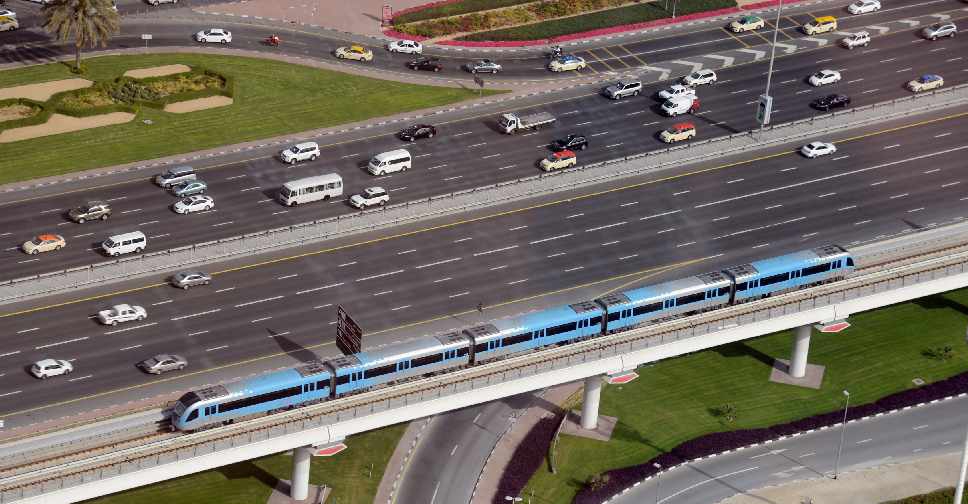
Dubai’s Roads and Transport Authority (RTA) has announced the number of users of public transport and shared mobility means in Dubai reached about 361.2 million in the first half of 2024.
The figures include the use of Dubai Metro, tram, public buses, marine transport, taxis, e-hail vehicles, smart rental vehicles, and on-demand buses.
That represents a 6 per cent increase compared to around 340.5 million users in the first half of 2023. The daily average number of riders in the first half of this year reached 1.98 million, compared to 1.88 million in the same period in 2023.
Mattar Al Tayer, Director General, Chairman of the Board of Executive Directors of the RTA said: “Dubai Metro and taxis accounted for the largest share of public transport riders, with 37 per cent for the metro and 27 per cent for taxis. Public buses accounted for 24.5 per cent of riders.
"January 2024 saw the highest number with 65 million users, while the remaining months ranged between 53 and 63 million."
361 million riders used Dubai's public transport, shared mobility, and taxis in H1 2024. This represents a 6% increase compared to around 340.5 million users in the first half of 2023.https://t.co/L0ZFE9Fv5L pic.twitter.com/KeCsNlaFFJ
— Dubai Media Office (@DXBMediaOffice) August 11, 2024
Explaining the breakdown of ridership across various mobility means, Al Tayer said, “Dubai Metro's Red and Green Lines transported 133 million passengers in the first half of 2024.
“Dubai Tram transported 4.5 million passengers...public buses transported 89.2 million passengers, and marine transport had 9.7 million users. Shared mobility, including e-hail vehicles, hourly rental vehicles, and on-demand buses, transported 27.8 million passengers. Taxis in Dubai carried 97 million passengers.”
Discussing RTA's planes and strategy, Al Tayer said they "aim to continuously enhance the role of public transport in the mobility of people, with the strategic objective of increasing the share of public and shared transport journeys to 25 per cent by 2030...this share clocked 20.9 per cent by the end of 2023.”
 Dubai's RTA announces service timings over New Year
Dubai's RTA announces service timings over New Year
 Dubai brings down AED641 million money-laundering networks
Dubai brings down AED641 million money-laundering networks
 Dubai announces New Year holiday for public sector
Dubai announces New Year holiday for public sector
 RTA extends some Dubai Metro stations' operating hours
RTA extends some Dubai Metro stations' operating hours
